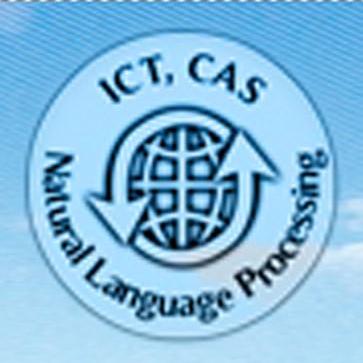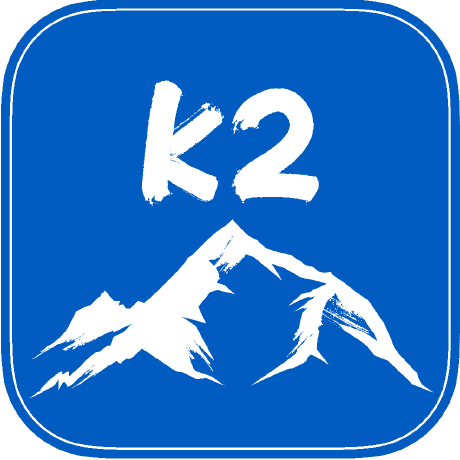Discover and explore top open-source AI tools and projects—updated daily.
mini-omni2 by  gpt-omni
gpt-omni
Omni-interactive model for multimodal understanding and real-time voice conversations
Top 23.5% on SourcePulse
Mini-Omni2 is an open-source, omni-interactive multimodal model designed to replicate GPT-4o's capabilities, including vision, speech, and duplex conversations. It targets researchers and developers seeking to build advanced conversational AI agents with real-time voice interaction and multimodal understanding.
How It Works
The model processes concatenated image, audio, and text features as input for comprehensive tasks. It employs a multi-stage training approach: encoder adaptation, modal alignment, and multimodal fine-tuning. For output, it utilizes text-guided delayed parallel generation to produce real-time speech responses, integrating components like Qwen2 for the LLM backbone, Whisper for audio encoding, and CLIP for image encoding.
Quick Start & Requirements
- Installation: Requires Python 3.10 and
ffmpeg. Install viapip install -r requirements.txtafter cloning the repository. - Demo: A server (
server.py) must be started first, followed by running a Streamlit demo (webui/omni_streamlit.py). PyAudio is required for local Streamlit execution. - Resources: No specific hardware requirements (GPU, CUDA) are mentioned, but typical LLM inference will benefit from GPU acceleration.
- Links: Hugging Face, Github, Technical report
Highlighted Details
- End-to-end speech-to-speech conversation without separate ASR/TTS models.
- Real-time voice output with an interruption mechanism.
- Omni-capable multimodal understanding (image, audio, text).
- Leverages established models like Qwen2, Whisper, and CLIP.
Maintenance & Community
The project was released in October 2024. Key dependencies include Qwen2, litGPT, Whisper, CLIP, snac, and CosyVoice.
Licensing & Compatibility
The repository does not explicitly state a license. The inclusion of components from other projects (e.g., Whisper, CLIP) suggests potential licensing considerations for commercial use or closed-source integration.
Limitations & Caveats
The model is currently trained only on English, although it can process non-English audio via Whisper, the output remains English. The README notes potential issues with running the Streamlit demo in remote server configurations, requiring local execution with PyAudio.
9 months ago
Inactive

 Ola-Omni
Ola-Omni dvlab-research
dvlab-research ictnlp
ictnlp maitrix-org
maitrix-org LinkSoul-AI
LinkSoul-AI apeatling
apeatling dsa
dsa Nlouis38
Nlouis38 ABexit
ABexit Kedreamix
Kedreamix k2-fsa
k2-fsa